Categories > Guides and Tips

Finding International Freight Forwarders in Thailand Made Easy
When growing your business in Thailand to serve customers outside the country , it’s important to think about how you’re going to move your product internationally. For most businesses, working with a freight forwarder is a great way to do this.
Freight forwarders are logistics companies that help manage the process of sending goods over international borders. These companies specialize in different aspects of shipping, such as handling certain goods or navigating specific trade routes.
Several freight forwarders operate inside Thailand, and businesses work with them to streamline their processes. The assistance they provide with aspects of the shipping process like paperwork processing and communication greatly helps businesses.
Read on to learn how to fast track your company’s road to going global with the help of these experts!
Trusted Freight Forwarders in Thailand
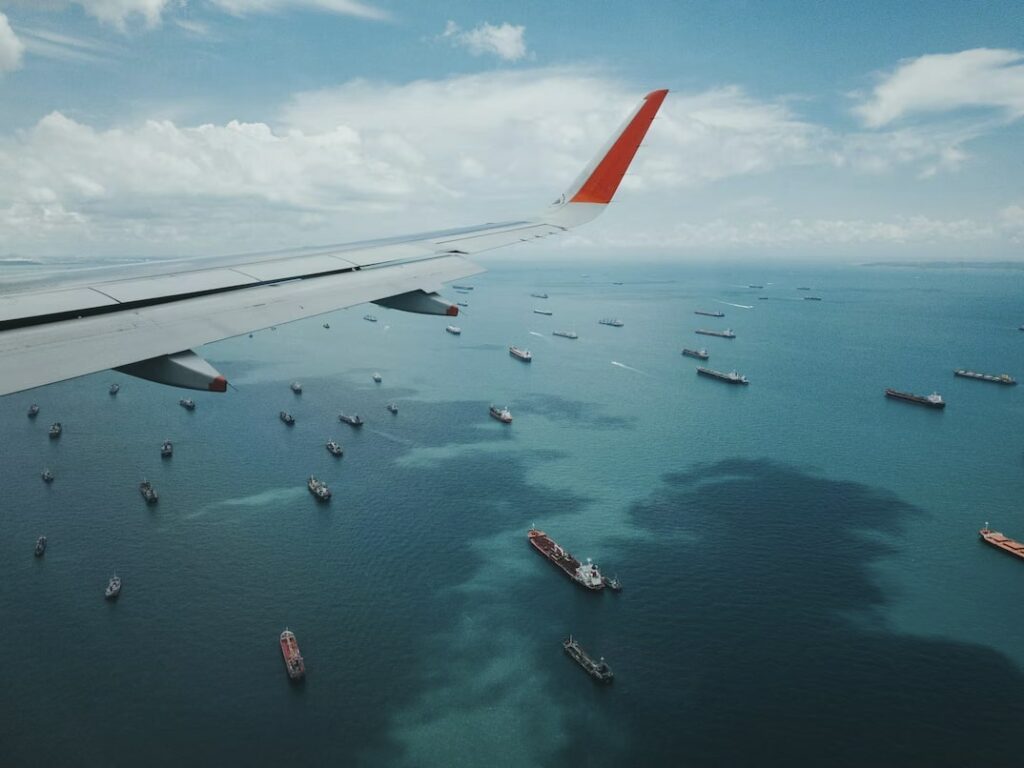
The following table lists some reputable freight forwarders that operate in Thailand. These names are well-established in the network of the logistics industry, and may prove to be valuable business partners.
| Name | Website | Specializations |
|---|---|---|
| Bollore Logistics | https://www.bollore-logistics.com/en/country/thailand/ | Luxury and fashion items handling |
| DB Schenker | https://www.dbschenker.com/th-en/about/profile/db-schenker-in-thailand | Multi-transport shipping (ex: sea to land, rail to road) |
| DHL | https://www.dhl.com/th-th/home.html | Air freight |
| DSV | https://www.dsv.com/en/countries/asia/thailand | Value-added services (labeling, packing, and keeping inventory of goods) Medical product handling |
| Geodis | https://geodis.com/agency/geodis-thai-ltd-0 | Door-to-door deliveries |
| Hazchem Logistics | https://www.hazchemlogistics.com/ | Hazardous cargo handling |
| Kuehne + Nagel | https://th.kuehne-nagel.com/en/web/thailand/ | High-volume shipping |
| Leschaco | https://www.leschaco.com/en/global-presence/apac/thailand/leschaco-thailand.html | Customized/heavy-duty packing Hazardous cargo handling |
| Nippon Express | https://www.nipponexpress.com/th/en/ | Industrial materials Supply chain management |
| Sinotrans | www.sinotrans.com/col/col3771/index.html | Bulk vessels, roll-on/roll-off vessels, tanker services |
| Sumisho Global Logistics | https://www.sgl.co.th/about.php | Warehouse storage and packing services |
| Toll Group | https://www.tollgroup.com/locations/asia-pacific/thailand | Supply chain management |
| Unique Translink | http://www.uniquetranslink.com/ | Thai customs clearance |
Do I need a freight forwarder in Thailand?
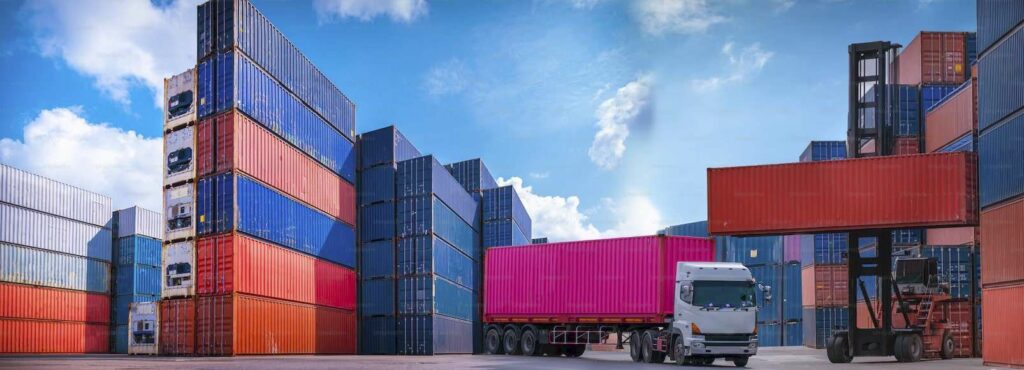
If you’re running a small to medium sized business in Thailand that always deals with sending and receiving goods from overseas, it’s a good idea to work with a freight forwarder.
The reason for this is because you can offload the time and effort it would take for your business to organize a shipment onto the freight forwarder’s end. And since they’re experts at organizing those details, they can get it done likely more efficiently than you!
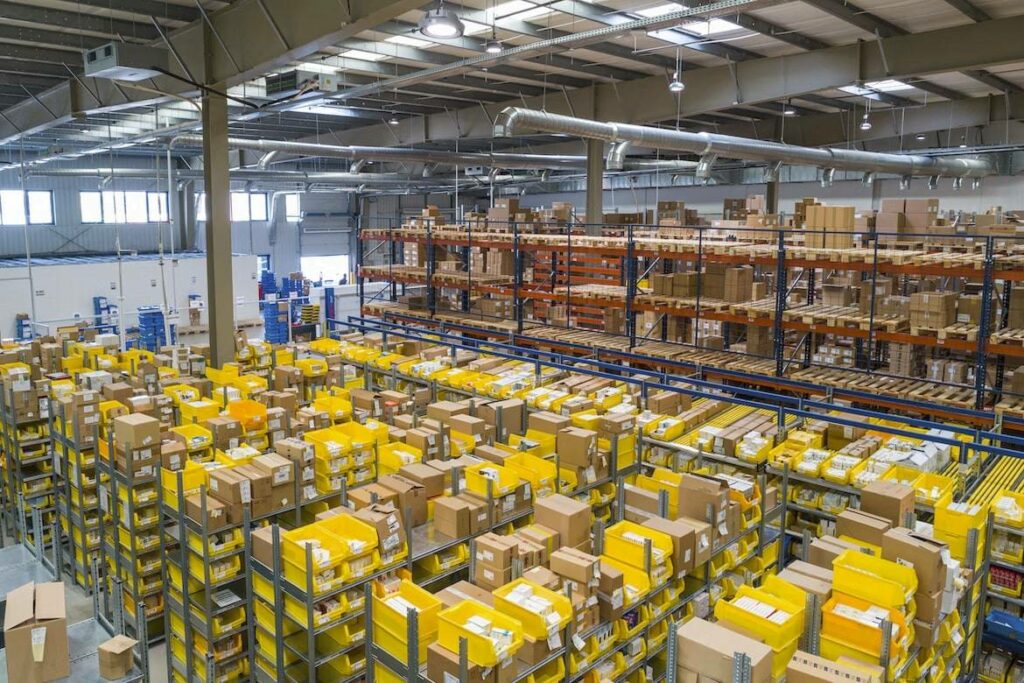
The forwarders’ expertise in organizing a shipment is especially important. This puts them in a position to do things like negotiate rates with carriers – something you can’t always do if you’re a newcomer in the business.
Other than that, their extensive experience will also help you avoid making mistakes when sending out your goods. Making a mistake during the process, like declaring the wrong value or not paying the right fees, can get your business in trouble.
By working with a forwarder to handle that, you’re putting shipping experts in charge. You can trust them to lead the way and make sure your stuff makes it to its destination safely.
How to Work with a Freight Forwarder in Thailand
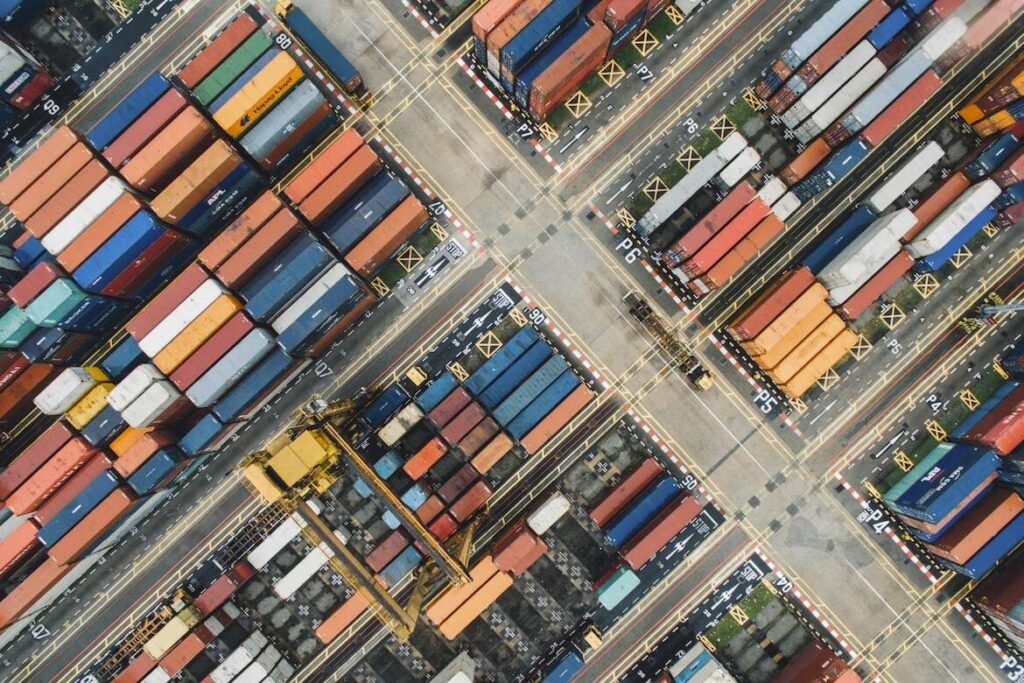
If you’ve decided that working with a freight forwarder is the right move for your business, then these are the steps to getting started with your new logistics partner.
It may seem intimidating at first not knowing where to start, but follow our steps one at a time and you’ll be working with a forwarder to fast track your business in no time!
Step 1: Decide which freight forwarder is best for your company’s needs
Like we mentioned earlier, each forwarder has its own specialities that cater to specific needs that clients may have. Some are experts in moving specific types of cargo, while others focus on providing warehouse services.
To pick the right forwarder, you need to consider the needs of your business first. Consider the following questions:
- What kind of goods am I exporting out of Thailand?
- How often am I sending out these goods?
- Where is the destination of these goods?
- Do these goods need to be handled a specific way?
- What other needs does my business have in relation to exporting goods?
Questions like these will help you identify what you need out of working with a forwarder, which narrows down your choices to some potential candidates.
| Pro Tip: Don’t underestimate the power of word of mouth! It’s not a bad idea to ask your current business partners for suggestions and referrals to freight forwarders that might fit your needs. |
Step 2: Organize the relevant information and documents
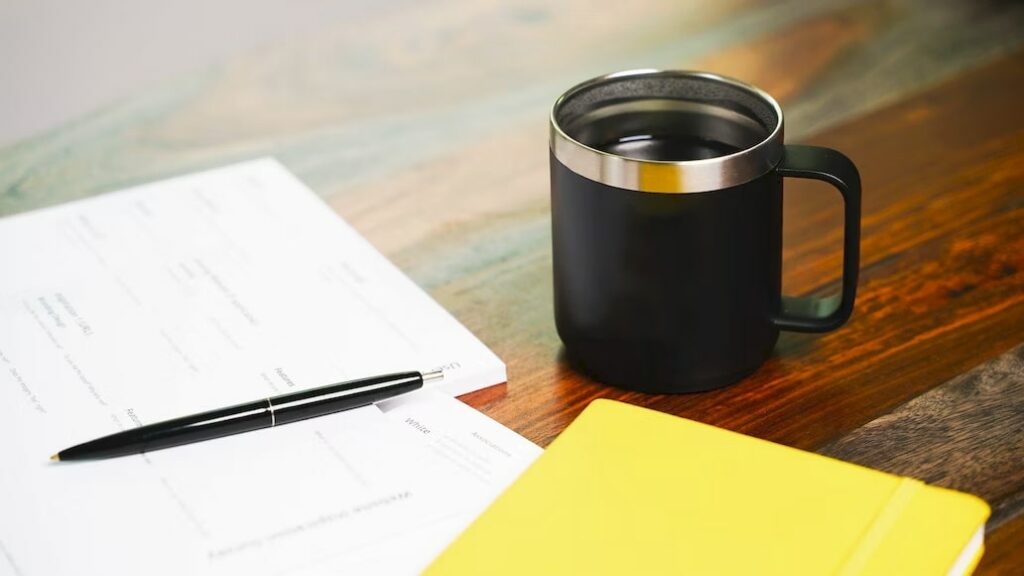
Once you’ve selected your chosen forwarder, get in touch with them and establish some communication. When first working with a forwarder, they’ll typically ask for the details of your business as well as the nature of the cargo you want sent through.
Prepare to provide the following details. These are the most common pieces of information requested by freight forwarders:
- Company Name
- Sender/Receiver’s Name
- Goods to be Exported
- Quantity of Goods
- Destination Country
While sorting out these details, you’ll also want to be sure to let them know if you’d like to avail of any other additional services that the forwarder offers. For example, if you’d like to rent their warehouse space, let them know at this point.
Step 3: Pack your cargo with help from your forwarder
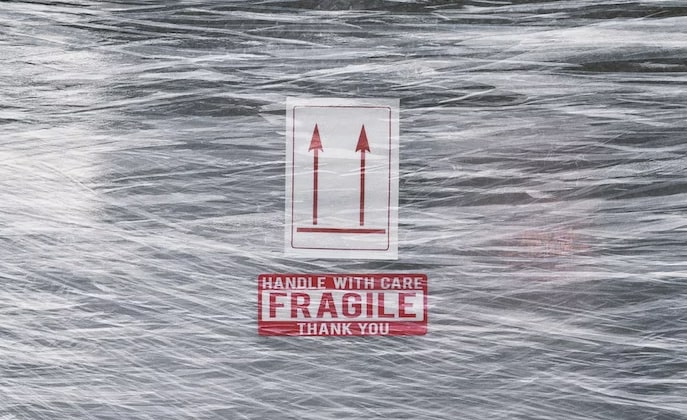
Once you’ve reached an agreement with your forwarder, it’s time to pack up the stuff you’re shipping out. This step involves filling out paperwork like your commercial invoice.
The commercial invoice lists details regarding your goods such as:
- Company Name
- Seller’s Name
- Total Value of Goods
You might notice that you’ve already noted some of this info when you were first communicating with your forwarder. Be sure to double check that everything is consistent when filling this out!
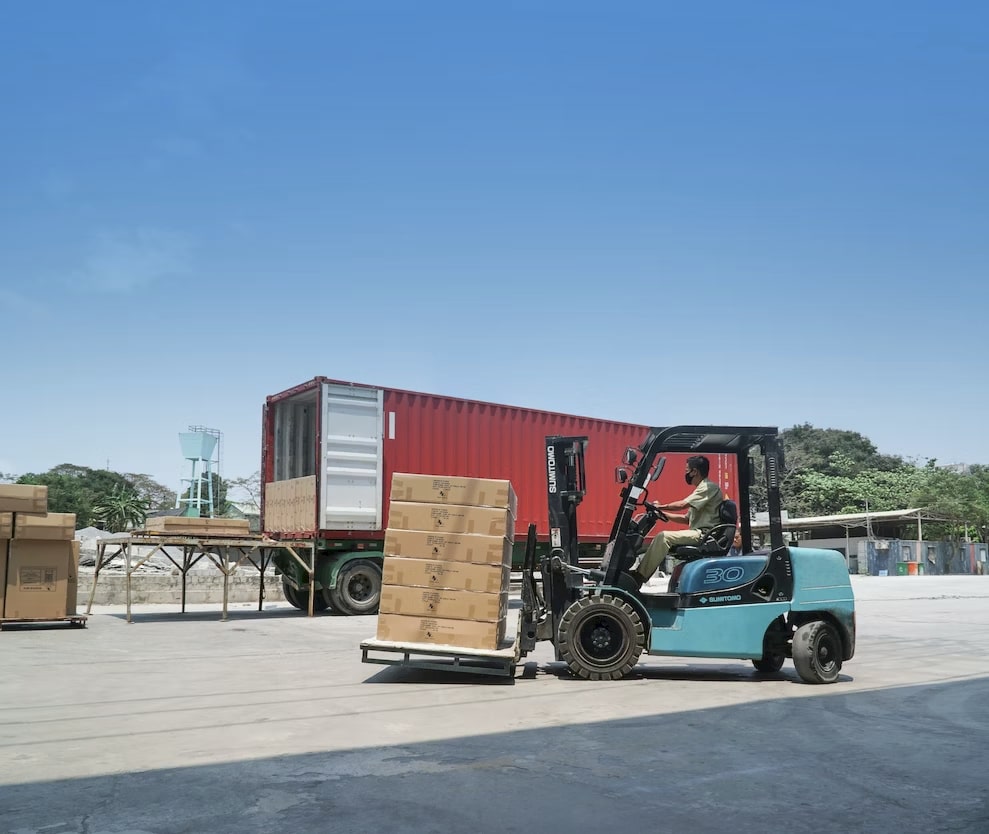
With that sorted out, your forwarder proceeds with bringing your cargo to port (or airport if you agreed on an air route.) The forwarder takes care of this as part of their services by sending over a container truck or other appropriate transport to move your shipment.
If possible, have your forwarder’s people pack your cargo onto the transport for you. These employees are professionals at securing cargo to make sure they don’t get damaged while shipping.
Once that’s done, it’s up to your forwarder to make sure your goods clear customs and reach their destination. To track your cargo, ask for a tracking number that’s specific to your goods and they’ll be able to specify where in the process your goods are.
Step 4: Settle payment for relevant fees
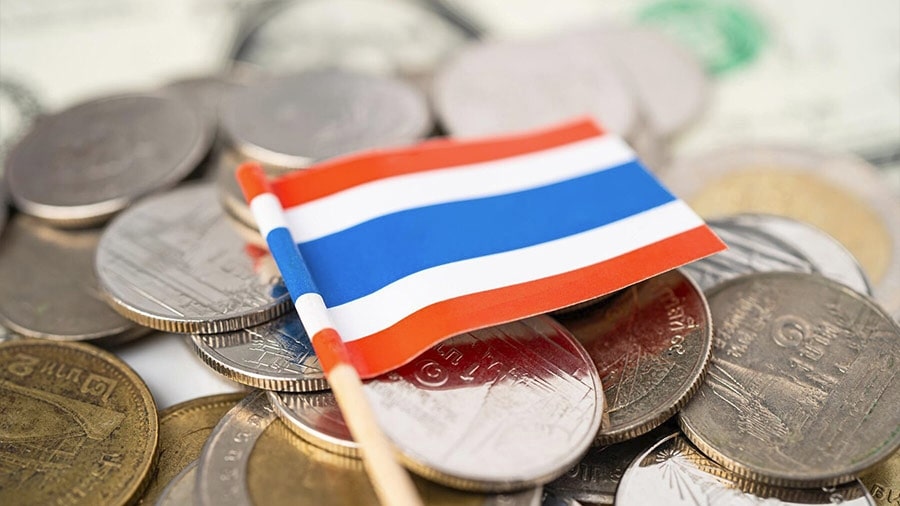
During the shipping process, your forwarder will get in touch with you when it’s time to pay relevant fees. An example of this is when it’s time to pay taxes associated with importing or exporting goods.
Depending on the terms you agreed on with your forwarder, you might have to pay them immediately as the port authorities charge for them, or the forwarder might shoulder it initially and charge you for it as part of the final bill for their services.
It’s a good idea to work with an accountant to check and double check the fees your forwarder is asking you to pay. Aside from making sure nothing fishy is going on, it’s also good to understand the breakdown of what you’re paying for.
| Pro Tip: Always aim to settle payments on time with your forwarder! Aside from this just being good business etiquette, it also makes sure your goods clear customs and get released on time. |





